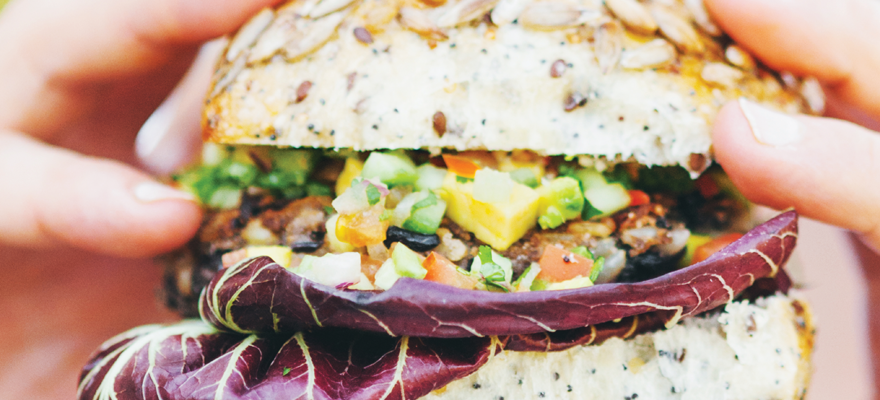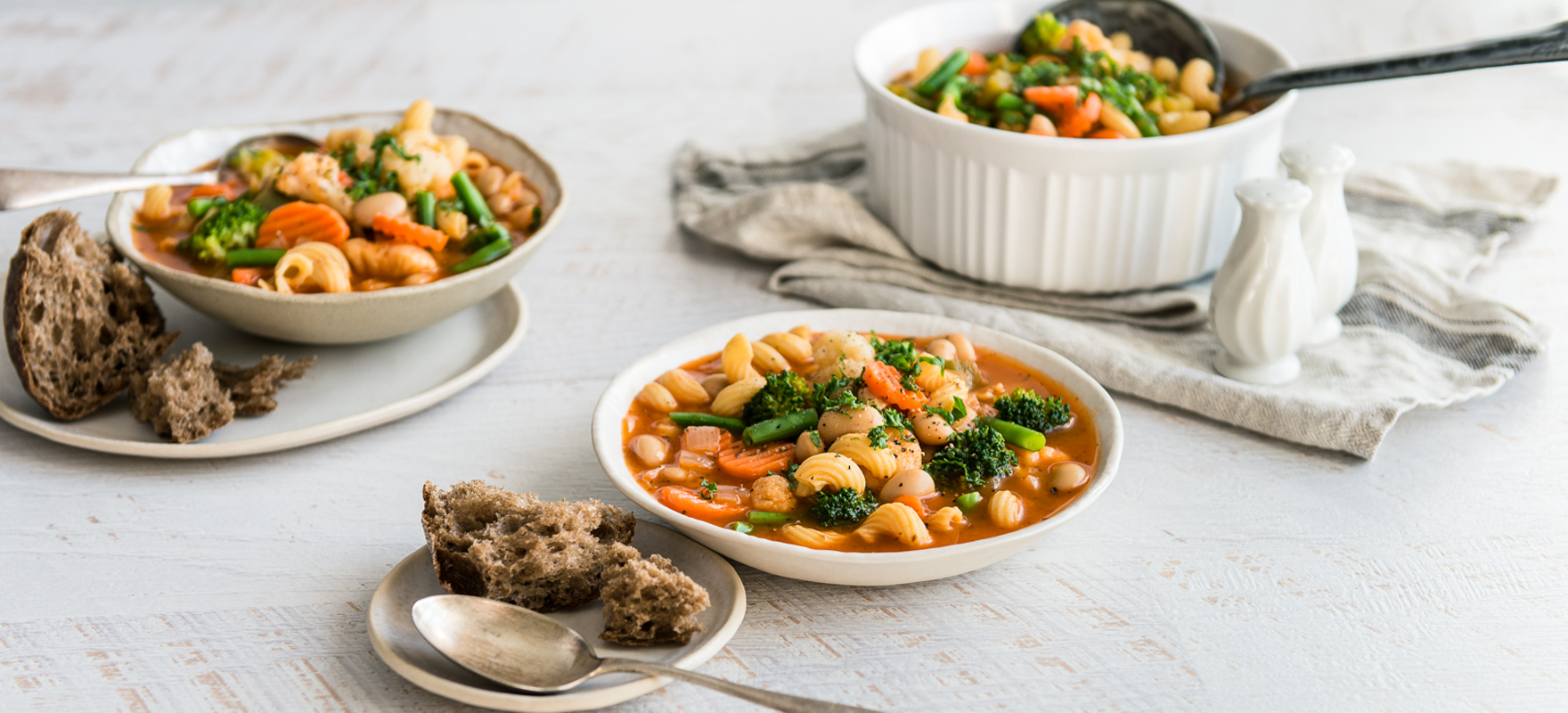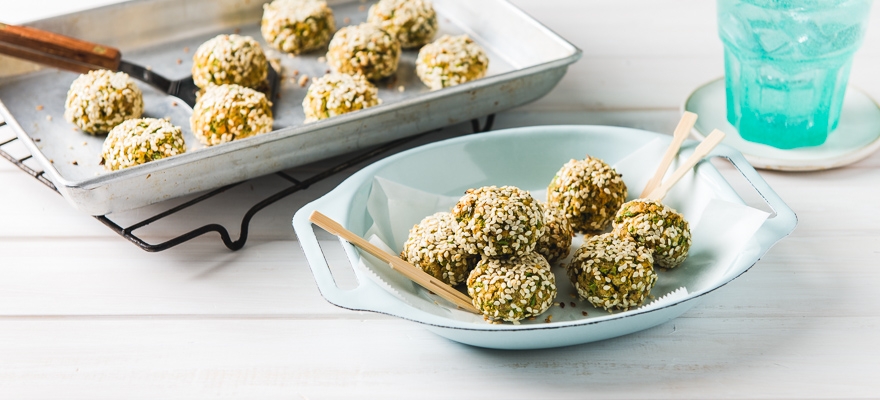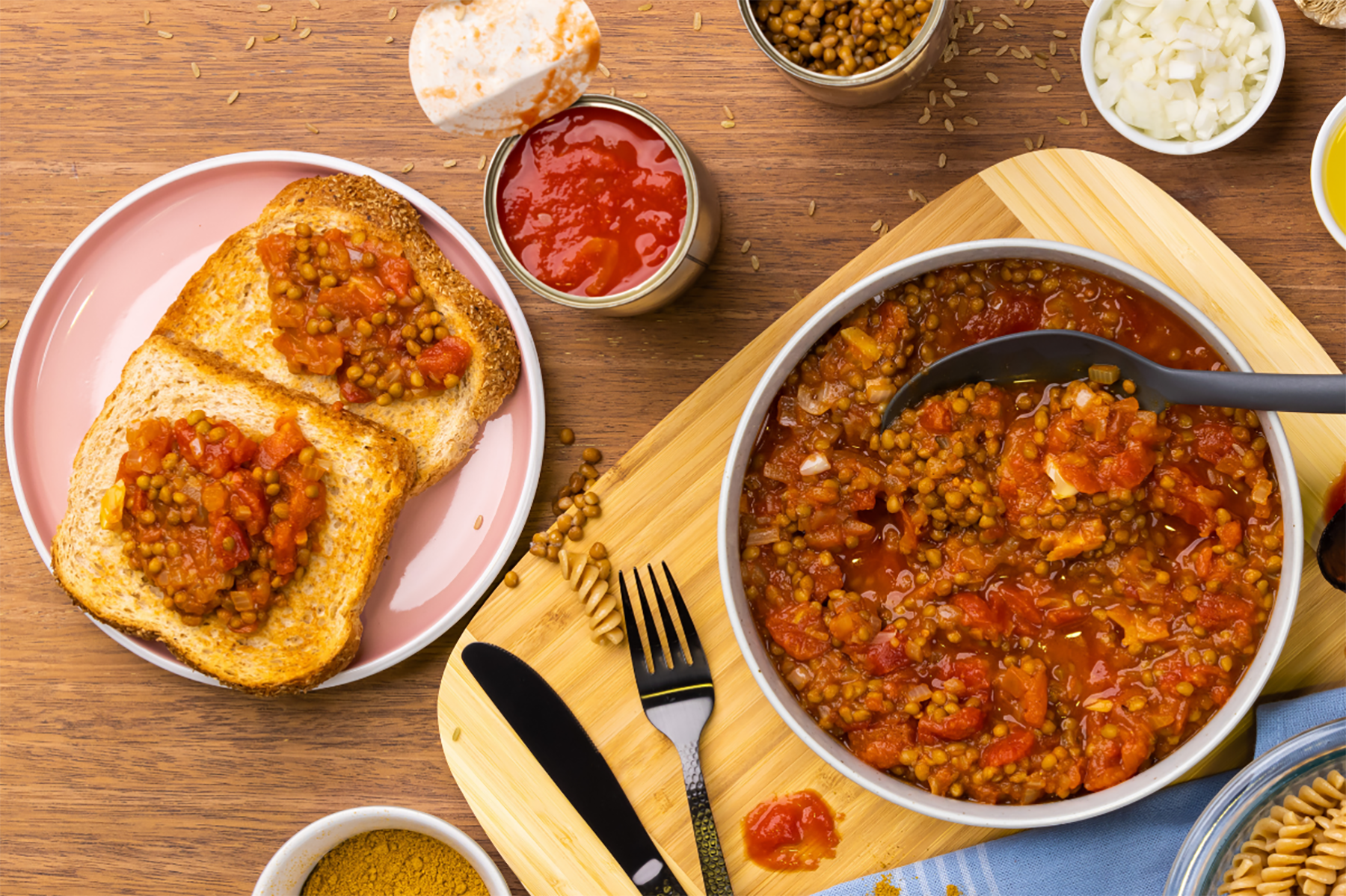
What are legumes and how do you cook them?
Charlotte Moor NZRD
When people ask me what is 1 thing they can do to improve their diet, my top answer is “to try eat more plant foods”. Plant foods are naturally rich in a whole range of nutrients, like fibre, vitamins and mineral. They tend to be low in saturated fat and are full of health promoting compounds like phytonutrients.
But while many people are aware of the benefits of eating more fruits, veggies and wholegrains, the humble legume often gets overlooked!
Legumes are a veritable powerhouse of nutritious goodness not to mention delicious, budget-friendly and easy to use.
So, here’s all you need to know about legumes, why they are good for you and how to use them.
What are legumes?
‘Legume’ is a broad term that refers to all types of lentils, beans, pulses and peas from the Fabaceae (or Leguminosae) botanical family. You guessed it – I’m talking chickpeas, butter beans, kidney beans, cannellini beans, lentils and soybeans (plus many, many more).
They come in a variety of shapes, sizes and colours – you can buy them canned or cooked, frozen or dried, and even ground into flours or made into milks.
Did you know? Even peanuts are considered a legume. Others include split peas, mung beans, haricot (navy) beans, adzuki beans, black-eyed beans and lupins. In fact, there are nearly 20,000 different species of legume.
How do I cook legumes?
This all depends on how you buy them.
- Tinned legumes - One of the easiest and most cost-effective ways to enjoy legumes is by buying canned legumes – like chickpeas or mixed beans – so you have them on hand and ready to go whenever you need them. Simply drain them, give them a quick rinse, and they are ready to go!
- Frozen legumes - You can also buy some varieties frozen and ready to cook such as peas and edamame.
- Dried legumes – Not all legumes need to be soaked in advance. Red, yellow, green and brown lentils, and split peas, do not need soaking and are great additions to soups, curries and pasta sauces.
Dried black beans, chickpeas, kidney beans, navy beans, white beans are among those that you will need soak before you cook them. It helps them cook faster, more evenly and helps our bodies digest them.
Here’s how to soak dried legumes in just 4 steps:
- Place legumes in a pot and fill with water until it just covers the legumes.
- Leave to soak overnight, rinsing and repeating step one once or twice.
- After you've soaked them, drain the legumes and put in a pot with three cups of water for every cup of legumes.
- Bring to the boil and cook for 30-60 minutes until legumes are soft.
TIP - Once cooked, freeze legumes in zip-lock bags so they are ready to use next time.
- Ready made - You can also buy a variety of tasty, ready-made legume dishes in your local supermarket and deli, including hummus dips, baked beans, tofu, tempeh, minestrone soups, ready-made veggie burgers, Mexican foods (such as refried beans), falafel balls and Indian dhals.
Are legumes good for you?
Legumes are unique in their nutrition status and really do deserve the label of superfood. They can provide:
- Nutrients such as B vitamins, iron and zinc for energy, plus calcium and magnesium for bone and muscle health
- One of the best sources of plant protein
- Gut friendly fibre, including prebiotics fibres to support a healthy digestive system
- Phytonutrients (powerful plant compounds) and are low GI
Research on legumes has linked regularly eating the humble bean to some big health benefits, including a reduced risk of heart disease, some cancers, better weight management and living longer.
How often should I eat legumes?
You should try to enjoy a serve of legumes (approximately 100g) at least 2-3 times per week. But you don’t need to stop there – if you’re already enjoying legumes, try including them in more meals to make the most of their health benefits. A serve could be 1 cup of cooked kidney beans, ½ a can of drained chickpeas, or about half a block of tofu. Most people are not eating enough legumes, with a survey showing that Aussies eat on average less than 1/3 of a serve of legumes per week, with only 35% of people eating legumes regularly.
Here are 8 easy ways to introduce more legumes into your life:
- Add a cup of lentils or split peas to soups or casseroles.
- Replace half or all of your mince with cooked/tinned lentils or mashed kidney beans in pasta sauces or hamburger patties.
- For a Mexican taco sauce, use refried beans or kidney beans instead of minced meat.
- Use marinated firm tofu in vegetable kebabs and stir-fries.
- Add chickpeas to curries or make a delicious Indian dhal with red or yellow lentils.
- Use hummus as a dip or sandwich spread.
- Add a four-bean mix, lentils or falafels to your salads.
- Replace dairy milk with soy milk on your breakfast cereal and in cooking.
For more tasty legume ideas, here are +20 recipes to try.
Do you have a diet question? Or have you seen a nutrition study and wondered about what it means? We’d love to hear from you.
Contact our team of expert dietitians by using the free Ask a Dietitian service - online form here, or you can email or call on 0800 673 392.

The latest nutrition advice, plus health and wellness tips delivered to your inbox monthly





